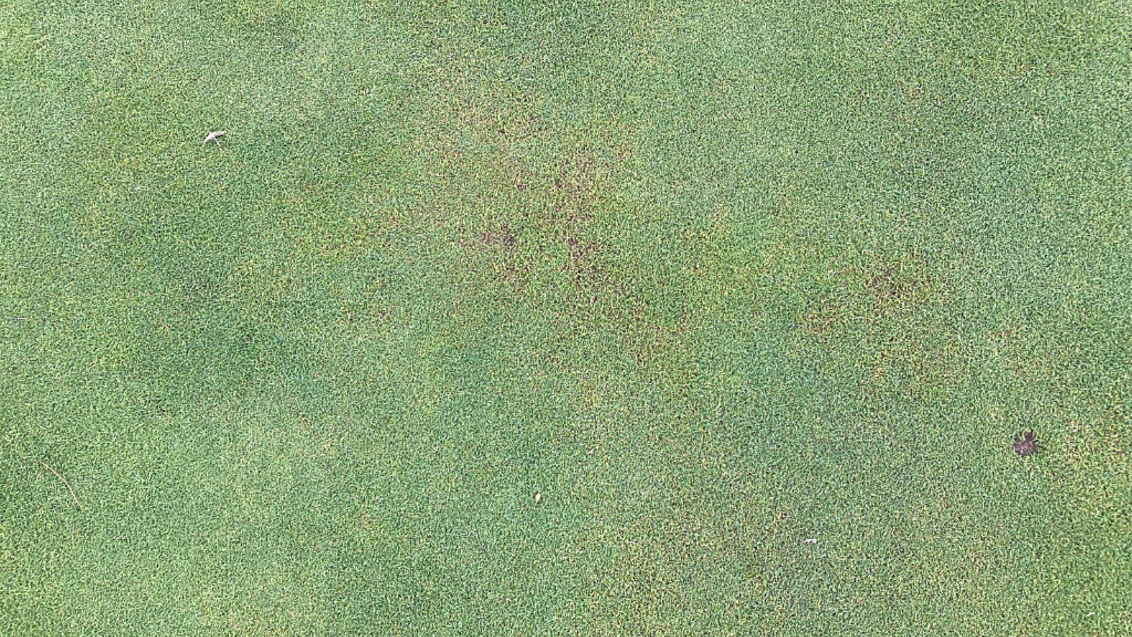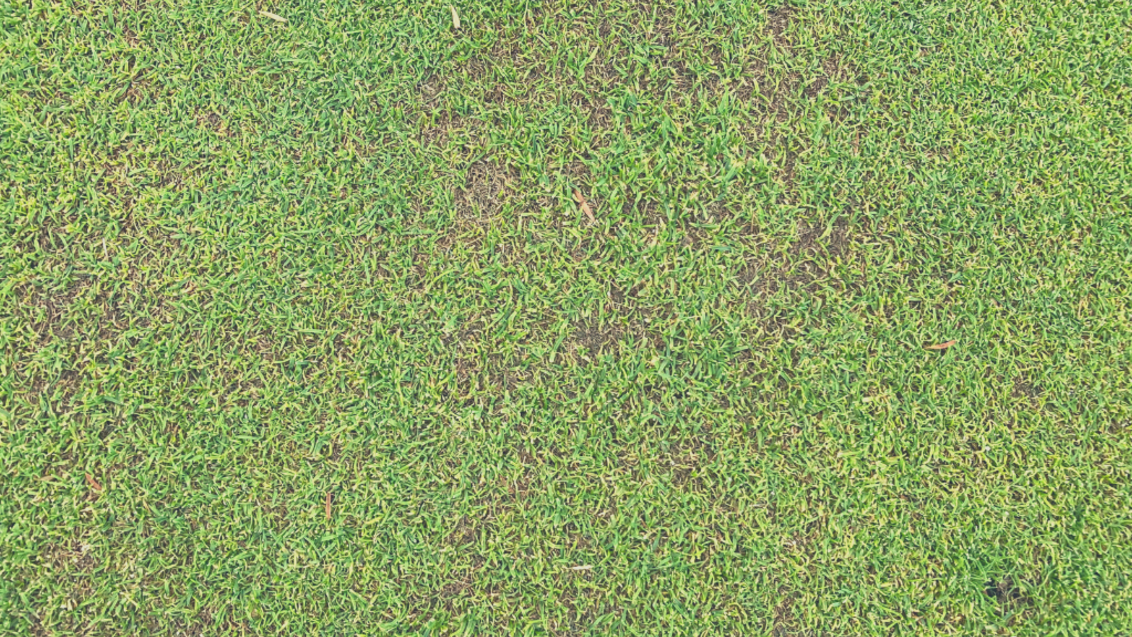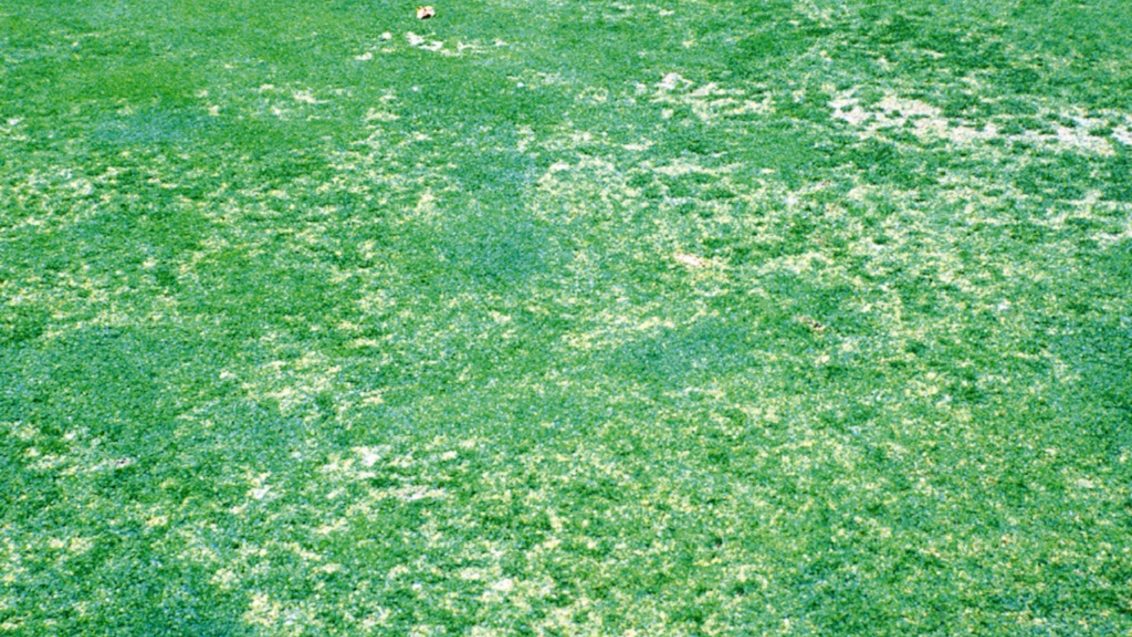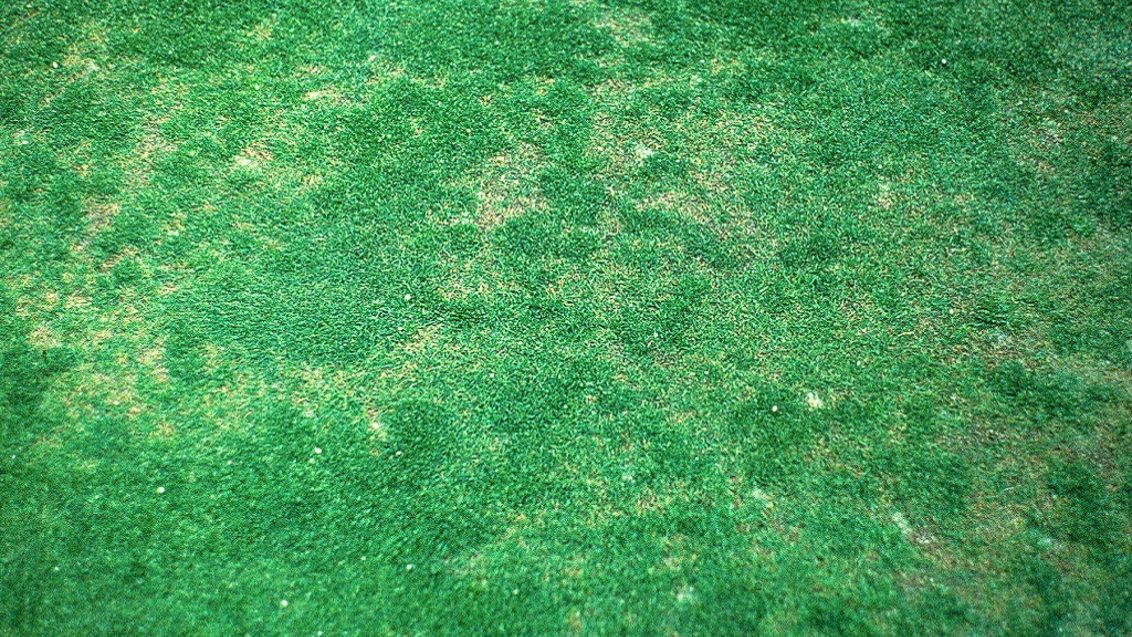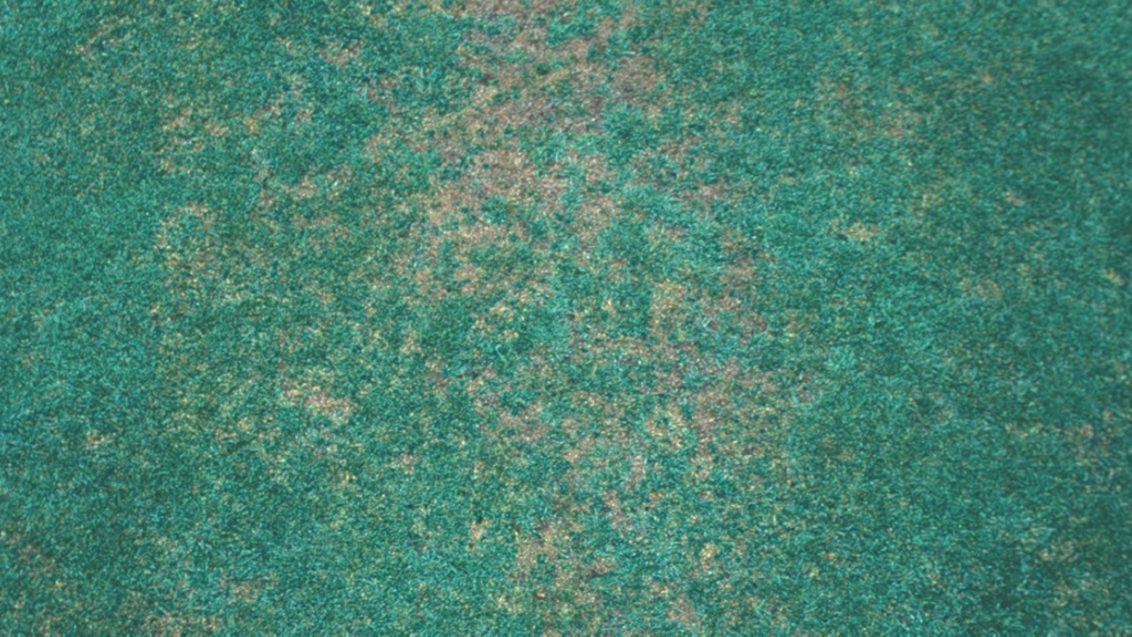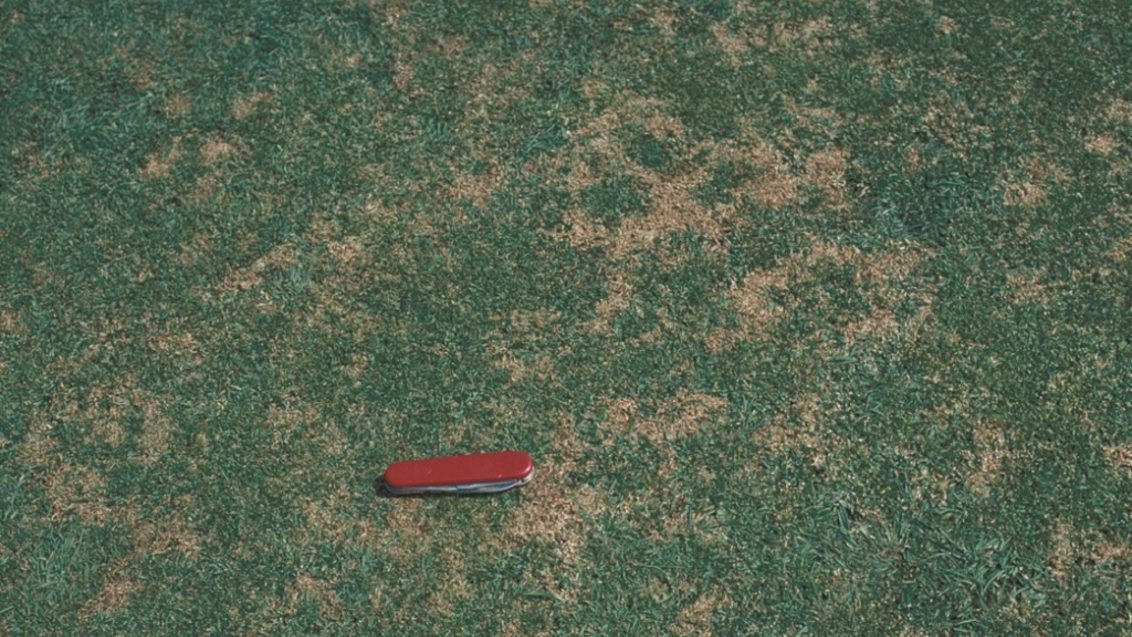Anthracnose
Colletotrichum spp.
Disease of Foliage and/or Roots
Susceptible Turf
Winter Grass, Bent Grass, Kentucky Blue Grass, Fescue & Couch
Symptoms
- Leaves of infected plants turn yellow to a light tan to brown before dying.
- Younger leaves often turn red.
- Basel stem and leaf sheath's rot, affected plants are easy to pull out.
- Infected areas are seen as irregular shaped patches.
- Affected patches are a reddish brown colour turning yellow then tan to brown.
- A black stain may occur at the base of infected plants.
- Fruiting bodies have pink spore masses and spiny setae.
Conditions Favouring Disease
- Warm, humid conditions favour disease development.
- Anthracnose favours temperatures over 25°C.
- It is necessary for a film of moisture to be present on either the roots or foliage for infection to occur.
- More than 10 hours a day of leaf wetness for consecutive days.
- Hot summers in cool temperature areas are when the disease is most noticeable.
- Soil compaction and low amounts of nitrogen also contribute to disease occurrence
Management Tips
- Decrease the foot traffic.
- Maintain adequate nitrogen and balanced fertility.
- Irrigate the turf grass just enough to prevent wilting.
- Do not core aerate while disease symptoms are present.
- Core aerate and overseed in autumn.
- Convert to less susceptible varieties on fairways.
- Avoid management practices which encourage humidity and extended leaf wetness.
- Make preventative fungicide applications where the disease is a chronic problem.
General Comments
Anthracnose typically infects turf grass, particularly Winter Grass during warm weather when the turf grass canopy is wet and or humid.

